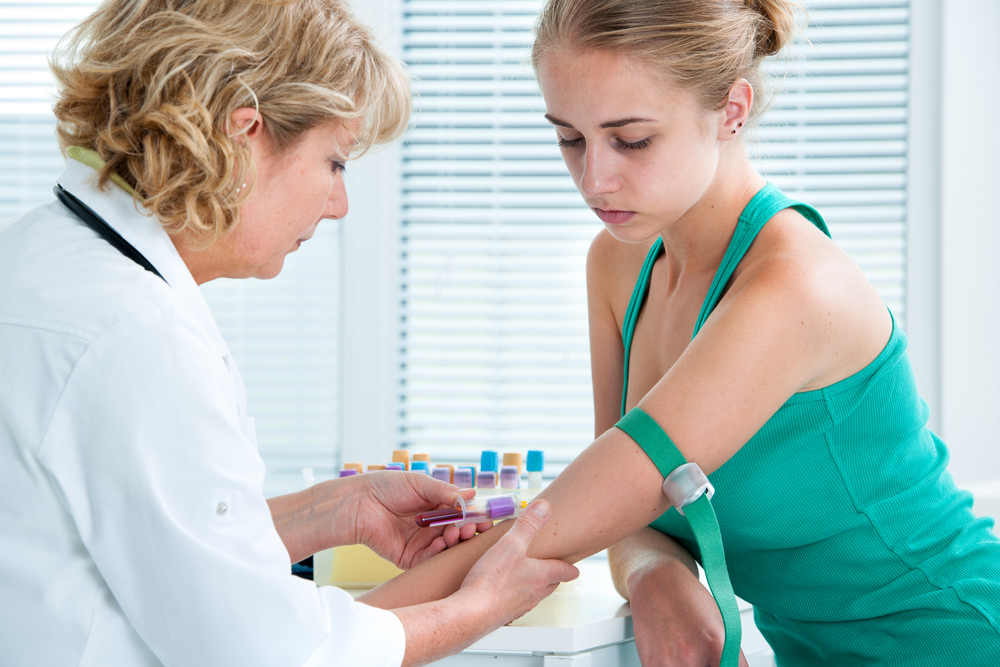
Blood tests are one of the most common types of medical test and have a wide range of uses. This includes:
Preparing for a blood test
The healthcare professional who arranges your blood test will tell you some specific instructions you need to follow before your test.
For example, depending on the type of blood test, you may be asked to avoid eating or drinking anything, apart from water (fasting) for up to 12 hours or stop taking a certain medication. It’s important to follow the exact instruction that is given to you because it may effect the result of the test.
What happens during a blood test?
A blood test usually involves taking a blood sample from a blood vessel in your arm. The arm is a convenient part of the body to use because it can be easily uncovered. Blood samples from children are often taken from the back of the hand and usually numbed with a special spray or cream.
A tight band (tourniquet) is usually put around the upper arm to temporarily slow down the flow of blood. This makes it easier for a sample to be taken. The doctor or nurse may clean the area of skin with an antiseptic wipe before taking the sample.
A needle attached to a syringe or special container is inserted into the vein. The syringe is used to draw out a sample of your blood. You may feel a slight pricking or scratching sensation as the needle goes in, but it shouldn’t be painful. Inform the person who is taking the sample if you don’t like needles and blood so they can make you comfortable.
When the sample has been taken, the needle will be removed. Pressure is applied to the skin for a few minutes using a cotton-wool pad. A plaster may be put on the small wound to keep it clean.
After the test
Only a small amount of blood is taken during the test so you shouldn’t feel any significant after-effects.
However, some people feel dizzy and faint during and after the test. It is important to notify the person carrying out the test if you happen to faint in the past so they will know what to do and can help you feel more comfortable.
After the test, you may have a small bruise where the needle went in. Bruises can be painful, but are usually harmless and fade over the next few days.
Blood test results
The blood sample that has been taken will be put into a bottle and labelled with your name and details. It will be then examined in the laboratory.The results are sent back to the hospital or to your GP. Some test results will be ready the same day or a few days later, although others may not be available for a few weeks.
Receiving results can be stressful and upsetting sometimes. If you’re worried about the outcome of a test, a trusted friend or relative can take the result for you. To help deal with the result, Some tests such as HIV, offered specialist counselling.
Overview and FactsTypes and SymptomsDiagnosis & MedicationsOverview and Facts Tetralogy of Fallot is a congenital heart defect that affects the [...]
Overview and FactsTypes and SymptomsDiagnosis & MedicationsOverview and Facts Trichinosis, also known as trichinellosis, is a parasitic infection caused by [...]
Overview and FactsTypes and SymptomsDiagnosis & MedicationsOverview and Facts Trigeminal neuralgia is a neurological condition characterized by severe facial pain. [...]